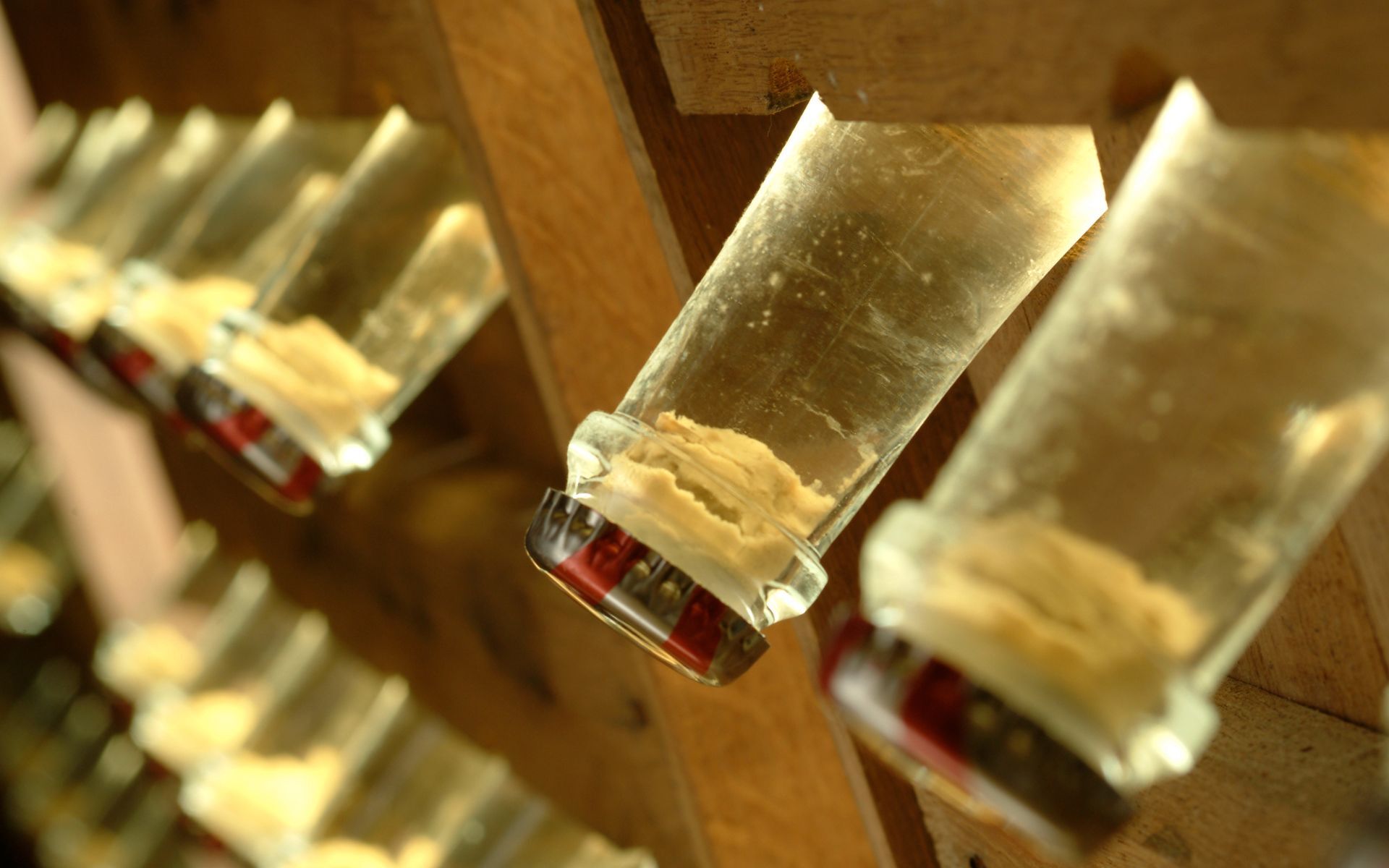Tasty reads
Alta Langa DOCG a chat with producers

In the picturesque hills of the Langhe, where the terroir is a perfect blend of history and breathtaking landscape, stands a wine product that perfectly embodies the concept of historicity and innovation: the Alta Langa DOCG.
This appellation, the result of careful consideration and a long winemaking tradition, stands as a distinctive expression of the area, bringing with it savoir-faire and an indomitable passion for producing wines of the highest quality.
For this interview we would like to thank the producers who allowed us to learn more about this excellent product: Erika Bera of Bel Colle in Verduno, Alessandro Rivetto of the winery of the same name in La Morra, Beatrice Bongiovanni of Azienda Agricola Runchet in Treiso and Marco Venturino of Ca d’ Tantin in Calosso.
ERIKA — We strongly believe in Alta Langa and wanted to invest in a bubble that would be a tribute to this land.
Our Alta Langa Cuvée Valentina is made from a range of pinot noir and chardonnay clones and strains. It is a straightforward and strong wine, just like Valentina, Luca Bosio’s wife and the muse behind this label.
Alessandro — The idea was born almost for fun, as a winery used to making red wine, it was a challenge for us. We started producing it in about 2018, and since then it has always been a pleasure to do it, almost a leisure, like going to the beach!
There are certainly very good future prospects for this bubble, but a lot of work needs to be done.
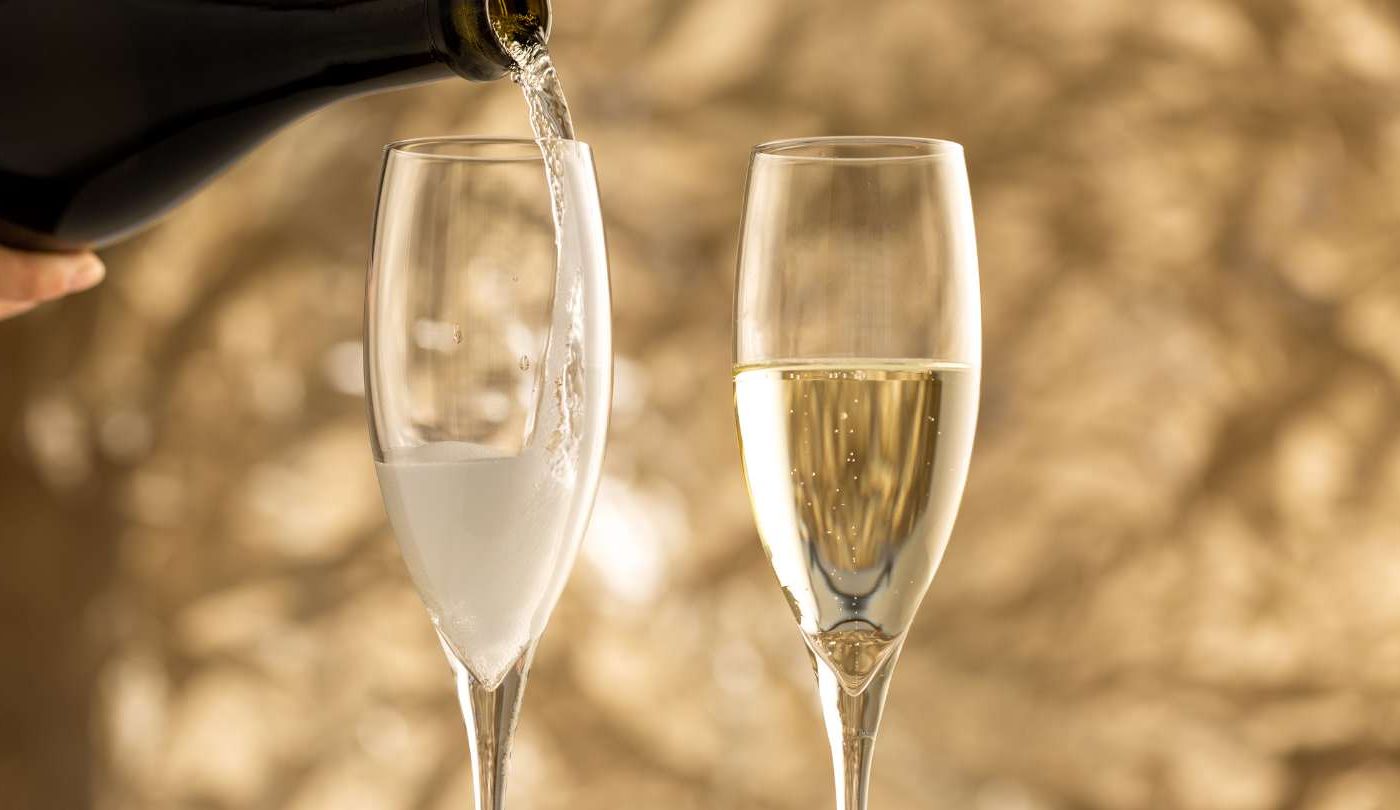
A curiosity related to this wine is the fact that Camillo Benso Count of Cavour,a well-known Francophile, wished to cultivate and produce a bubbly in Piedmont but – due to climate – was unsuccessful: here I think some of this legacy has stayed with us and somehow we have fulfilled it!
Beatrice — We had some owned land in Serravalle Langhe, where hazelnuts were planted.
Those were the first years (2014 – 2015) when the Alta Langa “movement” was expanding and so we also decided to plant pinot noir and chardonnay.
Marco — We are a family-run winery with organic certification since 2001. We started producing classic method sparkling wine in 2018, and as of yet we have not applied for the appellation.
We produce about 400 bottles a year, based on 100% pinot noir, and rely on our personal taste. Following a study of the market, we inferred that the public also seemed ready for such a product.
Erika — We produce 3 types of Alta Langa DOCG: in each we have a different amount of chardonnay and pinot noir grapes.
Last year we came out with Alta Langa Rosé, a limited production that enriched our bubbly collection. In this case, the pinot noir grapes are aged for at least 36 months, and we found that patrons also received this version very well.
However, both 36-month and 48-month Alta Langa DOCG have always been very successful!
Alessandro — Our Alta Langa DOCG is made with 30 percent chardonnay -which gives a nice shoulder – and 70 percent pinot noir. It very much reflects our personal taste: a cheerful, easy, not too mineral wine with good acidity.
The ability to choose one’s own grapes is definitely an advantage.
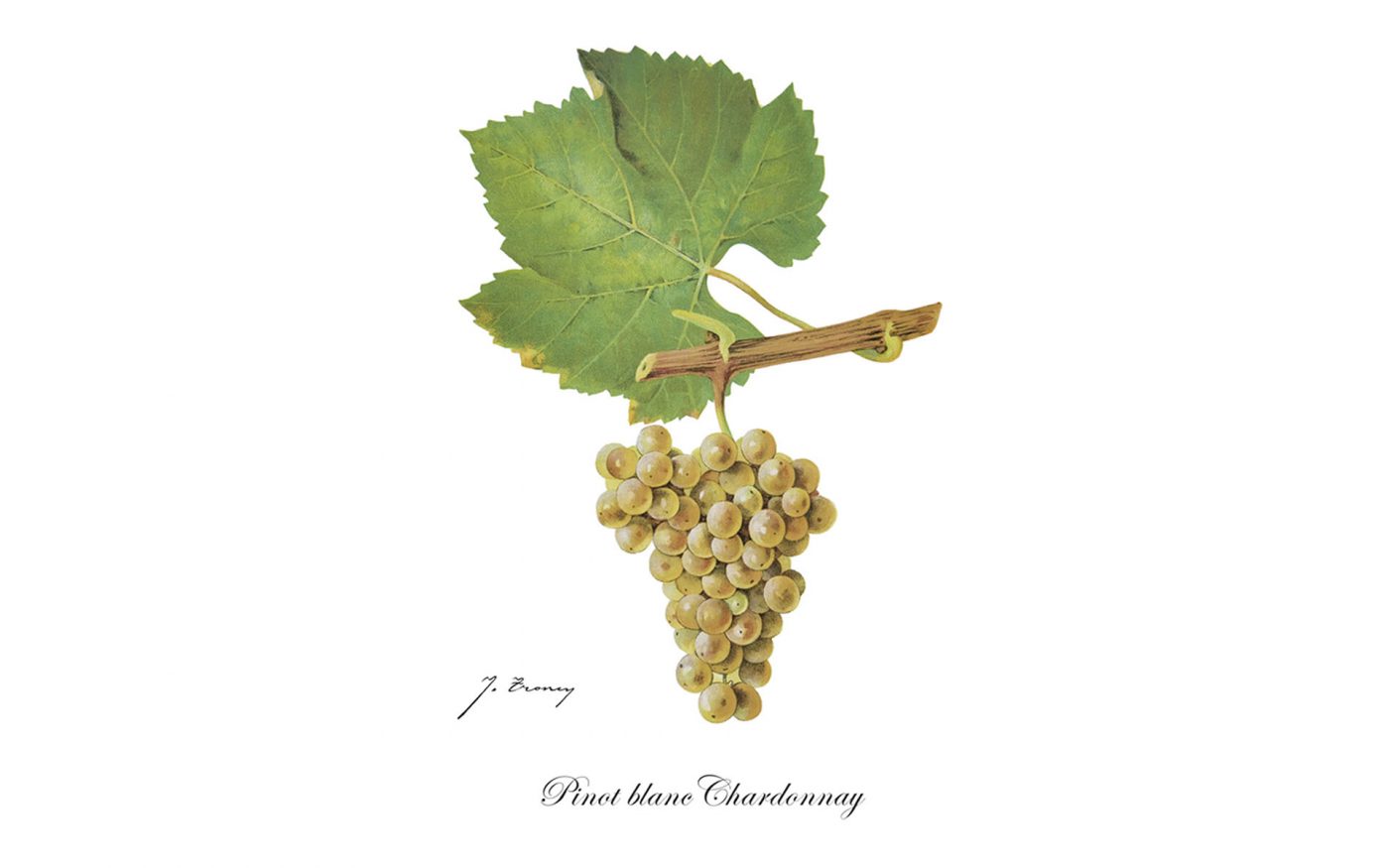
Marco — We make our sparkling wine only with pinot noir, and the choice was dictated by the fact that we wanted to produce it in purity: it is in fact a grape, in our opinion, capable of giving great elegance to the wine, and the plant is cared for at every stage.
Beatrice — We make 80% pinot noir and 20% chardonnay. We then decided to make a Riserva with 36 months on the lees, coming out in August 2021 with our first bottle, so 6 years after planting the first vineyard.
These are long-term projects, however, which then give great satisfaction!
Erika — Definitely elegance: the bubble is extremely refined, a very fine perlage.
This is due to a combination of factors such as the type of grapes, primarily, and their processing.
Alessandro — As I said, making this wine is “fun,” and when there is fun you are also more meticulous in the details and you also spend extra time on it to be more competitive in the market.
I am very finicky in the search for raw material because we aim for consistency and excellence.
Beatrice — Our production is really small (about 400 bottles and 50 magnums): ours is a new vineyard, and with the weather events of recent times, such as hail or ice, it is not easy to make more.
Ours is an Alta Langa pas dosé, zero dosage, so during disgorging no so-called “liqueur d’expedition” (editor’s note: a mixture composed of a precise sugar content, used to increase the sugar concentration in Metodo Classico sparkling wines) is added.
Marco — Our grapes have been following the organic method for more than 20 years, and this has repercussions throughout the entire supply chain, from the vineyard to the winery and even at the disgorging stage: every piece of machinery is washed and set up to accommodate the product so that it can be properly certified as organic by the body.
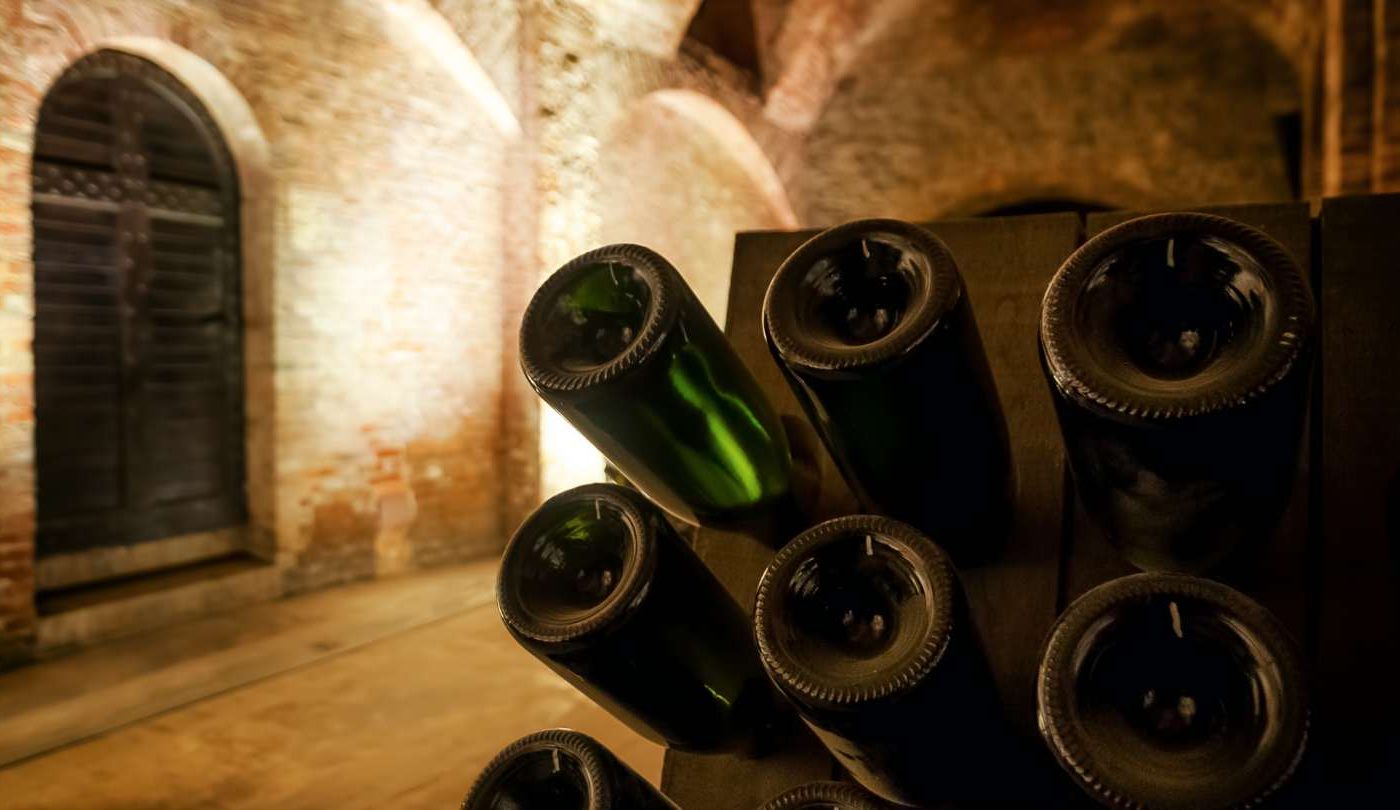
Very few wineries in Alta Langa produce organic sparkling wine, so this is also a plus for us.
Another element that makes us unique is the run: the classic method needs to be followed, and the fewer bottles you make, the better the product you can get.
Each bottle of every wine we produce also has a handwritten run number on the label, making it unique and with its own story.
Erika — There are no particularly difficult challenges, other than the fact that there is a limited production: we are trying to increase the volume but it is not easy thinking about wanting to maintain the high quality standard.
The intention is to invest by acquiring new land, but it is not easy both because of issues of winery capacity and because of factors of excellence that have always distinguished Bel Colle Winery.
Alessandro — The most difficult challenge is definitely not knowing anything about white winemaking!
I started out in the production of this wine as a beginner: I studied and asked the best to come up with the product that it is now, putting a lot of my own into it. Can we talk about beginner’s luck? Because people like it, even abroad!
Part of the success may also be related to the appellation – when people talk about Langa, Barolo and Barbaresco immediately light up – and thanks to this fact we had the opportunity already just to talk about it and have it tasted without difficulty.
I am very attached to tradition, but I also believe in the evolution of tradition: I think this bubble is related to climate change. Not having a centuries-old winemaking tradition, the Alta Langa area has been fortunate to have a decidedly favorable climate for this type of wine.
I believe that “barolisti” (Barolo winemakers) do not specialize in the bubble and therefore need time to grow and repair mistakes, but we are undoubtedly starting from spectacular ground that has allowed us to make remarkable leaps in quality.
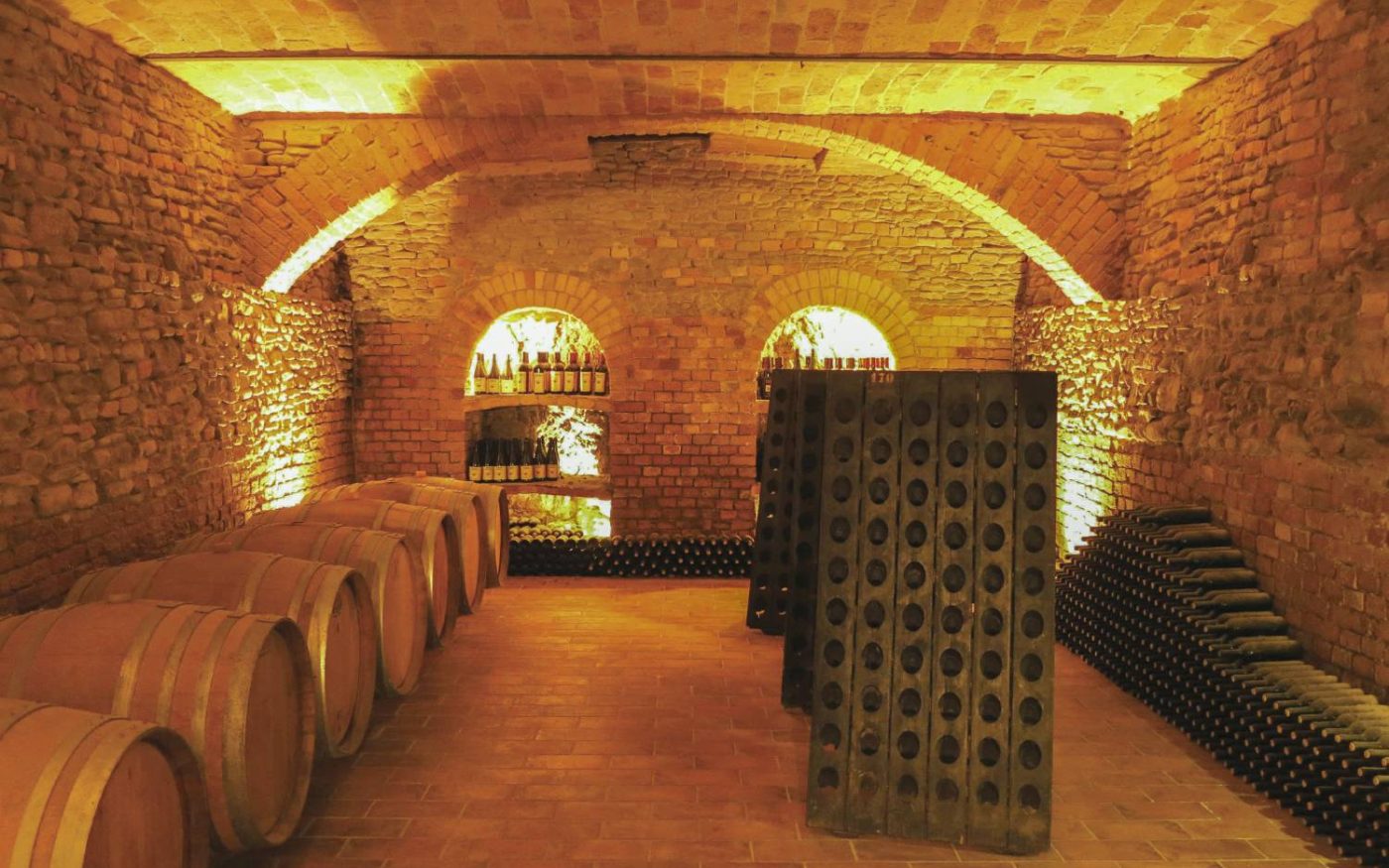
Beatrice — Our challenges are mainly two: in the vineyard we do a lot of handwork, and in the winery, having decided to produce Alta Langa DOCG Riserva (which has to do 36 months on the lees) we have some wine that has to wait before being sold, so it represents an investment in the future.
Marco — The production phase is not difficult in itself. It is clear that you have to follow carefully in the cellar the temperature for example, but we do not intervene in any other way being organic.
There are more loaded vintages, others less so; nature decides.
One of the biggest challenges may be the market: we are going to come out now with the 2018 vintage (because it has spent time on the lees), we will then do a 120-month version – coming out in 7/8 years – but only 50 bottles. Our target audience is very niche, and customers wait as long as necessary for the pleasure of tasting a limited-run product like ours, with very high quality standards.
